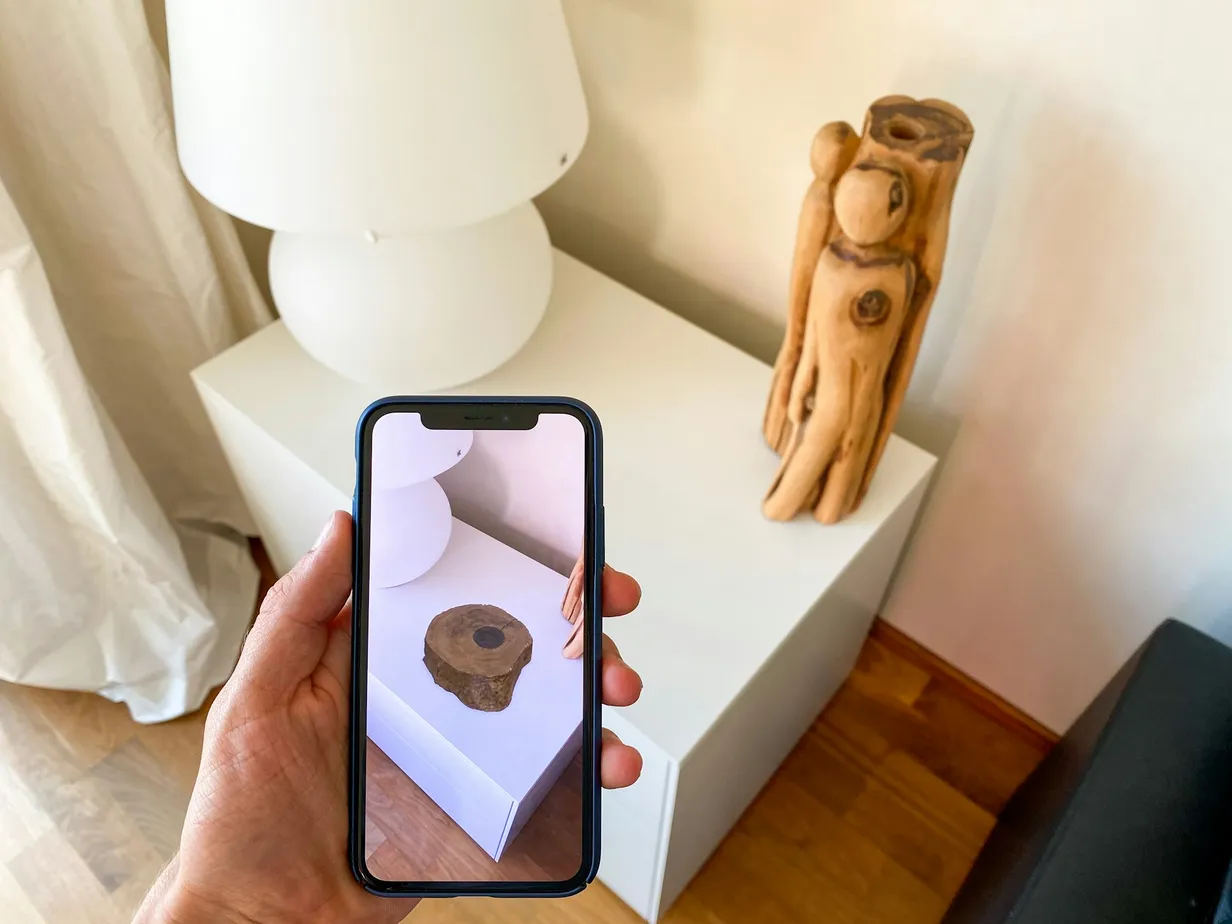
Augmented Reality in E-commerce: Enhancing the Shopping Experience
The advent of AR technology in e-commerce marks a significant milestone in how consumers interact with products online. Gone are the days of relying solely on static images and videos to make purchasing decisions. AR brings products to life, allowing customers to see how they look and fit in their actual environment, whether it's trying on a pair of glasses using their smartphone camera or visualizing how a new sofa would look in their living room. Here's a closer look at the impact of AR on e-commerce.
Transforming Customer Experience with AR
1. Try Before You Buy
AR enables a "try before you buy" experience, where customers can virtually try on or place items in their space. This feature is particularly useful in industries like fashion, beauty, and home decor, where how a product looks and fits within a personal context is crucial.
2. Increased Engagement and Interaction
AR experiences are inherently interactive and engaging, encouraging customers to spend more time exploring products. This heightened engagement not only makes the shopping experience more enjoyable but also increases the likelihood of a purchase.
3. Reducing Return Rates
By providing a more accurate representation of products, AR can significantly reduce the uncertainty that often leads to product returns. When customers have a better understanding of what they're buying, they're less likely to be dissatisfied with their purchase.
Implementing AR in E-commerce
1. AR Product Previews
Allow customers to visualize how products would look in their real-life environment. Furniture retailers, for instance, can let customers see how a piece would fit and look in their actual living space.
2. Virtual Try-On Solutions
For fashion and accessory retailers, virtual try-on solutions can mimic the in-store experience, allowing customers to see how clothes, glasses, or even makeup would look on them.
3. Interactive Manuals and Demos
AR can also be used to provide interactive manuals or demos for products, helping customers understand how to assemble or use their purchases, further enhancing customer satisfaction.
Challenges and Considerations
While AR in e-commerce offers numerous benefits, there are challenges to consider, such as the need for high-quality 3D models and the technological requirements for customers to access AR features. Additionally, businesses must ensure these experiences are intuitive and add real value to the customer journey.
The Future of AR in E-commerce
As technology continues to advance, AR is expected to become an increasingly integral part of the e-commerce experience. Businesses that adopt AR early on have the opportunity to differentiate themselves, offering unique and compelling shopping experiences that can significantly boost customer satisfaction and loyalty.
FAQs
Q: Do customers need special equipment to access AR features?
A: Most AR shopping experiences are designed to be accessible through smartphones or tablets, which most customers already own.
Q: Can small e-commerce businesses implement AR?
A: Yes, there are now more accessible and affordable AR solutions targeted at small to medium-sized businesses, making it easier for them to adopt this technology. Shopify has this feature built-in their stores.
Q: How does AR impact online shopping behavior?
A: AR has been shown to increase consumer confidence in purchasing decisions, leading to higher conversion rates and lower return rates for businesses.
Augmented Reality is not just a novelty; it's a game-changer in the e-commerce sector, offering new ways for customers to connect with products and brands. As we move forward, AR's role in enhancing the online shopping experience is only set to grow, making it an exciting time for businesses to explore and integrate this technology into their e-commerce strategies.
Related Articles
Discover articles tailored to your interests, providing deeper insights and extended learning opportunities. Our "Related Articles" feature connects you with content that complements your current read, ensuring you have all the knowledge you need to make informed decisions about your business's online presence.



Related Posts
View All
Balancing Aesthetics and Functionality: Effective Web Design Strategies

Optimizing Your E-commerce Site for More Sales

